.
Welcome to my blog!
.
The Mediterranean Pantry: Discovering Bold Flavors
By Hescott Nutrition Services | posted in March 2025 | Mediterranean Diet, Herbs and Spices, Nuts and Seeds, Legumes, Oils and Vinegars, Special Tools.
The Mediterranean region is a cultural crossroads where diverse histories, traditions, and flavors intertwine to create a vibrant culinary landscape. While Mediterranean cuisine is often associated with the Mediterranean Diet—an eating pattern inspired by traditional food habits observed primarily in Greece, southern Italy, and Spain—it extends far beyond this framework. The Mediterranean Basin encompasses 21 countries across Europe, North Africa, and the Middle East, each contributing unique ingredients and cooking techniques to this rich culinary tradition. From the olive groves of Spain and the aromatic spice markets of Morocco to the seafood-rich shores of Turkey and Lebanon, Mediterranean cuisine celebrates bold flavors and fresh ingredients passed down for generations.
Grains and Bread: The Mediterranean Foundation
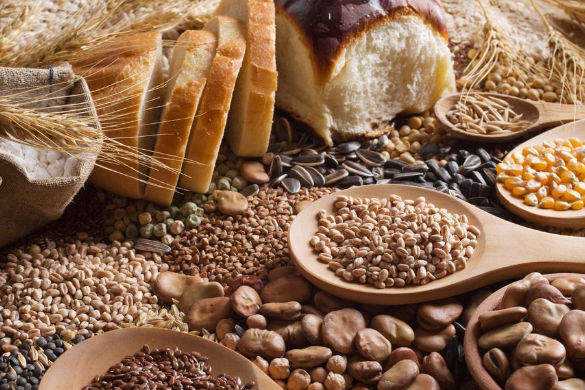
Grains are the backbone of Mediterranean diets. Staples such as bulgur, whole-wheat couscous, and farro provide nutrition and texture to various dishes. Each grain offers unique characteristics; for example, bulgur adds a nutty flavor to salads like tabbouleh, while couscous serves as a perfect base for Moroccan stews.
Pasta calls to mind the sights and smells of Italy. Pasta comes in a variety of shapes. Which shape works best for a dish depends on the sauce. Generally, thin and delicate pasta pairs well with oil or cream-based sauces.
Larger, more robust pasta shapes accompany thicker sauces better. Look for whole-wheat or whole-grain pasta for more fiber, vitamins, and minerals.
Smaller pasta shapes, like couscous, are terrific served in soups or as a base for stews. Stock up on various whole grains and grain products for diverse flavors and textures.
Herbs and Spices: Aromatic Delights
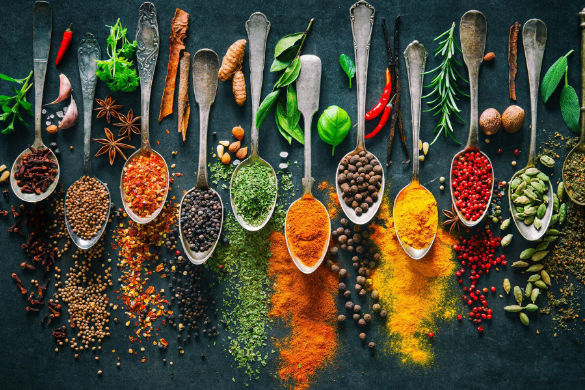
The Mediterranean is a haven for herbs and spices. Woody herbs like rosemary and thyme are perfect for slow-cooked dishes, while soft herbs such as basil and mint add fresh brightness to salads and sauces. Herb blends may incorporate both woody and soft herbs in dried form. Herbs de Provence is a French herb blend that includes dried thyme, basil, marjoram, parsley, oregano, tarragon, rosemary, and fennel.
Spice blends, combining several spices and sometimes herbs, seeds, and nuts, are pantry staples in Mediterranean cuisine. Spice blends like za'atar and Ras el Hanout are essential in many Mediterranean kitchens, providing depth and complexity to meats and vegetables.
Nuts and Seeds: Crunchy Additions
Almonds are tree nuts native to the Mediterranean. Almonds are used throughout the region in both savory and sweet recipes. Marcona almonds from Spain are a buttery and sweet variety served as a snack after being skinned, fried, and salted.
Pistachios are green nuts encased in a hard shell. They are commonly used in North African cuisine, adding flavor to both sweet and savory dishes like salads and pies. Almonds are also versatile and used similarly. Keep shelled, unsalted pistachios on hand for cooking and snacking.
Pine nuts are the edible seeds of certain pine tree species. Known as pignoli in Italian, they are commonly used as a topping for hummus and a key ingredient in pesto - a classic Italian sauce made with basil, garlic, pine nuts, cheese, and olive oil.
Walnuts are tree nuts with a hard outer shell, commonly used in sweet and savory Mediterranean dishes. They are a key ingredient in charoset, a traditional Ashkenazi Jewish dish served during Passover, and baklava, a classic Greek and Turkish dessert where they form the filling between layers of phyllo dough.
Tahini is sesame seed paste. Creamy tahini is best known as a key ingredient in hummus, but can also be used in sauces and dressings.
Almonds, pistachios, pine nuts, walnuts, and sesame seeds are widely used in Mediterranean and North African cuisine, enhancing sweet and savory dishes. Marcona almonds from Spain are a buttery variety often served as a snack. Pistachios add flavor to dishes like salads and pies, while pine nuts, known as pignoli in Italian, are essential in pesto and hummus. Walnuts are a key ingredient in traditional dishes like charoset and baklava. Sesame seeds are used to make tahini, a creamy paste commonly found in hummus and sauces.
Legumes: Protein-Packed Essentials
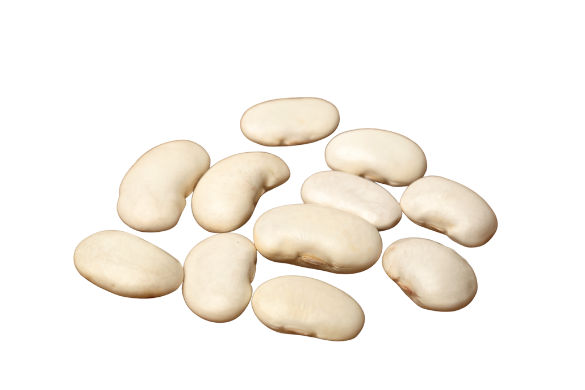
Cannellini beans, also called white kidney beans, have a mild flavor and are a staple in Italian cuisine. They are often cooked with olive oil and herbs and served atop crostini-crusty bread brushed with olive oil and toasted or grilled.
Chickpeas, also known as garbanzo beans, are a staple in Mediterranean cuisine and prepared in various ways. In Israel, Lebanon, Syria, and Turkey, they are used to make hummus - a creamy spread with tahini served as a meze or appetizer - and falafel, a spiced, fried patty or ball made from chickpeas or fava beans.
Fava beans, also called broad beans, are a staple in Egyptian and Moroccan cuisine, often served mashed or stewed. In Italy, they are enjoyed raw alongside cheese.
Split peas are hulled field peas that are split in half, available in green and yellow varieties. Commonly used in Mediterranean soups and stews, they cook faster than many other legumes and do not require soaking.
Lentils are a staple in Mediterranean cuisine, often braised or added to soups. In Italy, they are traditionally served with sausage on New Year's Eve for good luck. Mujadara, a popular dish made with rice or bulgur and lentils, is enjoyed in Israel and other Mediterranean countries in Asia.
Gigantes are large white runner beans commonly served in Greece, simmered with tomato sauce and herbs.
Cannellini beans, chickpeas, fava beans, split peas, lentils, and gigantes are key legumes in Mediterranean cuisine. Cannellini beans are mild-flavored and often served on crostini in Italy. Chickpeas are used in hummus and falafel across the Middle East. Fava beans are mashed or stewed in North Africa and eaten raw with cheese in Italy. Split peas cook quickly and are common in soups and stews. Lentils are braised or added to soups, with special traditions in Italy and the Middle East. Gigantes, large white beans from Greece, are typically simmered in tomato sauce and herbs.
Legumes are a key component of the Mediterranean diet. Chickpeas are transformed into creamy hummus or crispy falafel, while lentils are often cooked into hearty soups. In Egypt, fava beans are a beloved staple, typically served mashed or stewed.
Oils and Vinegars: Liquid Gold
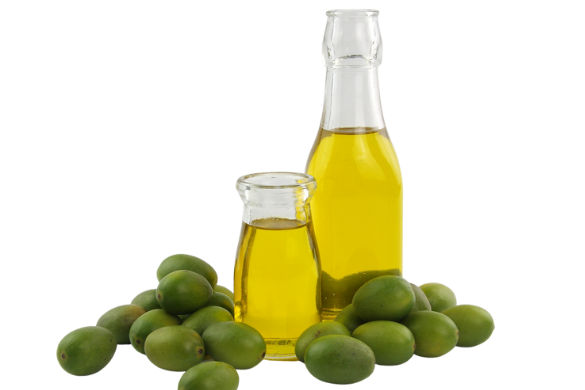
Olive oil is the quintessential Mediterranean ingredient, known for its versatile use in cooking and dressing salads. Its flavor ranges from grassy to fruity, enhancing dishes with its subtle richness. Pair it with a variety of wine vinegars, such as balsamic or sherry vinegar, to create vibrant vinaigrettes and marinades.
Others
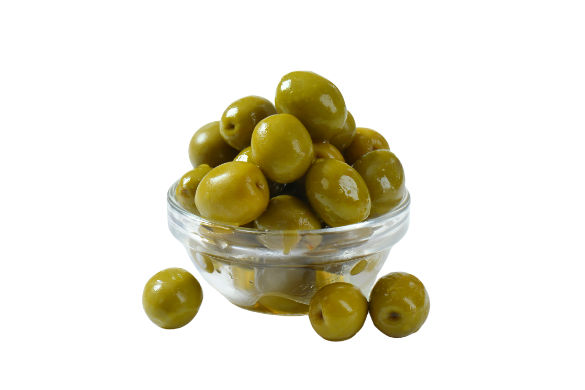
Olives, the fruit of the olive tree, are harvested and cured using salt, oil, and various seasonings. Mediterranean varieties include Kalamata, green, Niçoise, and black olives.
Chermoula is a North African condiment or marinade made with garlic, cilantro, chile pepper, cumin, black pepper, and preserved lemons. While regional variations exist, it is most commonly used to flavor seafood.
Harissa is a bold, spicy paste made from red chiles, garlic, and caraway. Originating in North Africa, it is commonly used as a condiment or to enhance dishes like tagines.
Preserved lemons are fermented in lemon juice and salt, creating a bold, tangy flavor. A staple in North African cuisine, they add depth and brightness to various dishes.
Special Tools: Enhancing Your Mediterranean Kitchen
To fully embrace Mediterranean cooking, consider equipping your kitchen with a few specialized tools. A food processor can quickly blend dips like hummus, while a tagine offers the perfect vessel for slow-cooked Moroccan stews. A garlic press and spice grinder are also invaluable for releasing the fresh, bold flavors characteristic of Mediterranean cuisine.
Conclusion:
Embark on a culinary journey through the Mediterranean, and let your taste buds explore the diverse and delicious flavors that define this remarkable region. Whether you're savoring a simple olive oil-dressed salad or indulging in a lavish feast, the Mediterranean offers endless opportunities to enjoy fresh, wholesome, and flavorful food.
Are you ready to work with a registered dietitian nutritionist who will help you reach your health goals in 2025? Book an appointment today by visiting the page, or call 347-915-3738.
